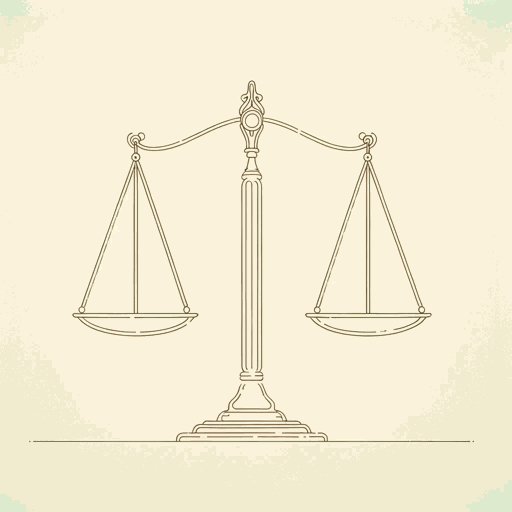47 pages • 1 hour read
Agatha ChristieWitness for the Prosecution
Fiction | Short Story | Adult | Published in 1995A modern alternative to SparkNotes and CliffsNotes, SuperSummary offers high-quality Study Guides with detailed chapter summaries and analysis of major themes, characters, and more. For select classroom titles, we also provide Teaching Guides with discussion and quiz questions to prompt student engagement.
Literary Devices
In Media Res
Like many short stories, “The Witness for the Prosecution” begins in media res, or “in the middle of things”: The story opens not only in the middle of Mayherne’s conversation with Vole, but also after several key events have already happened, including, most notably, the murder itself. In part, this technique serves as a way to save time in the relatively compressed short story format, allowing writers to cut straight to the main conflict while only briefly sketching out the broader plot. Within the mystery genre, it also helps to heighten suspense, with the lack of detail working in tandem with and heightening the reader’s desire to uncover the truth about the story’s events.
Perspective
Perspective is the point of view from which a narrative unfolds—typically first or third person, although there are rare instances of works that use the second person. “The Witness for the Prosecution” is told in third person limited through the eyes of Mayherne; the reader is privy to the lawyer’s internal monologue, but no one else’s. This restricted viewpoint is typical of the mystery
Related Titles
By Agatha Christie
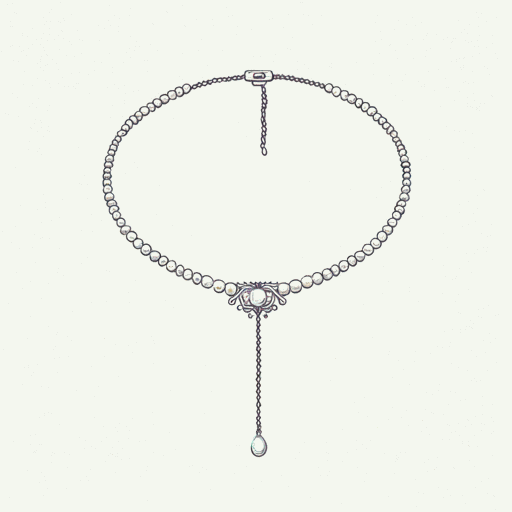
A Murder Is Announced
Agatha Christie
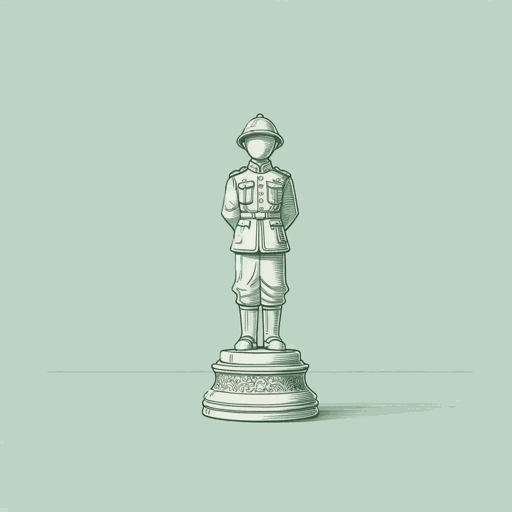
And Then There Were None
Agatha Christie

A Pocket Full of Rye
Agatha Christie
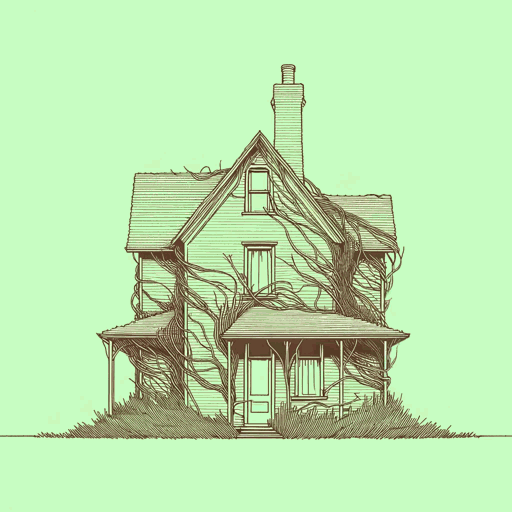
Crooked House
Agatha Christie

Death On The Nile
Agatha Christie
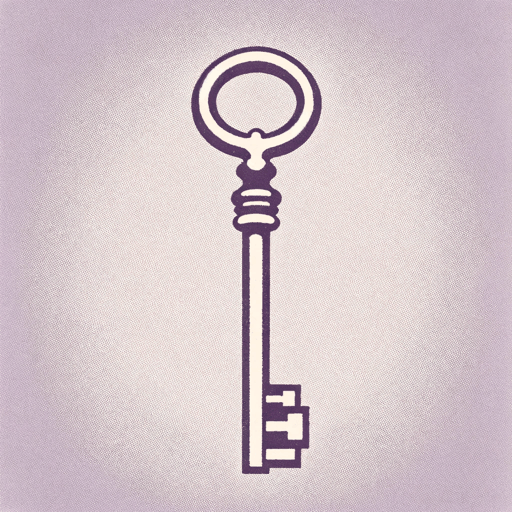
Murder at the Vicarage
Agatha Christie

Murder on the Orient Express
Agatha Christie

Poirot Investigates
Agatha Christie
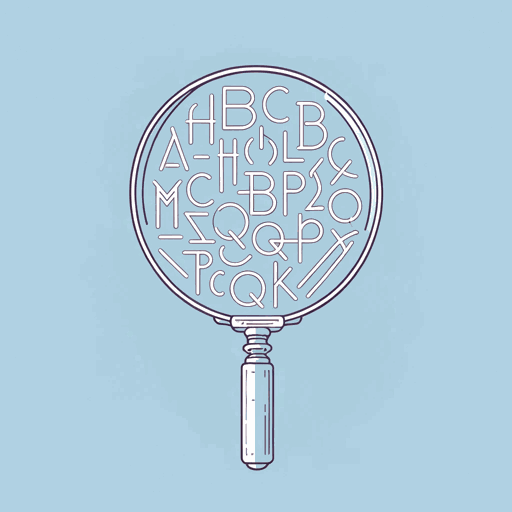
The ABC Murders
Agatha Christie

The Mousetrap
Agatha Christie

The Murder of Roger Ackroyd
Agatha Christie

The Mysterious Affair at Styles
Agatha Christie

The Pale Horse
Agatha Christie
